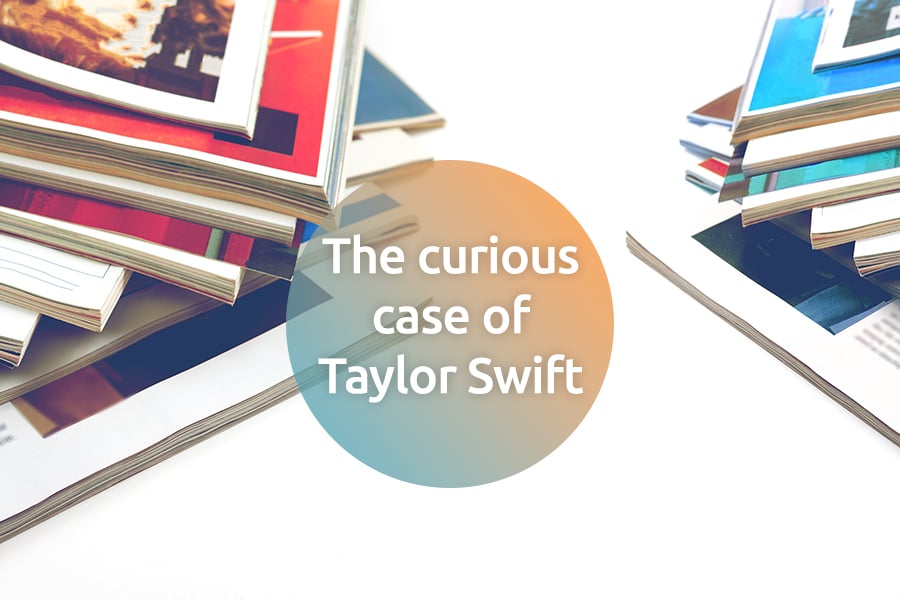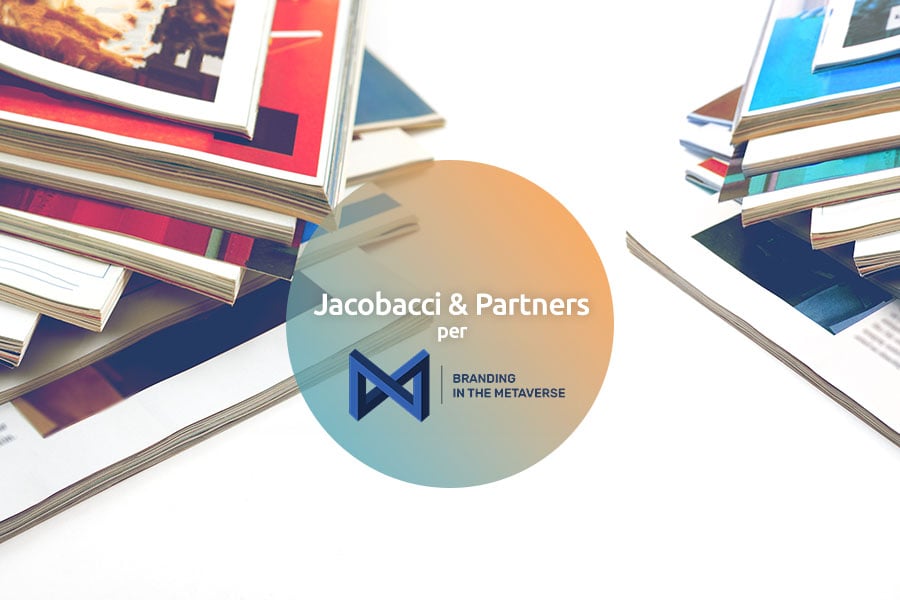In SI Engineering Srl v Lantek Systems Srl the first instance of the Court of Turin confirmed that, when software ‒ namely a proprietary format for storing both geometrical data and technological parameters relating to such pattern (so-called ‘icons’) in record files ‒ has all of the requirements for being protected as a trade secret, infringement is presumed unless the defendants can show that the technical information was acquired independently (for further details please see “Misappropriation of trade secrets consisting of technical information”). The Court of Appeal has recently confirmed the Court of Turin’s decision.
Facts
SI Engineering Srl challenged the protection of software (ie, a secret proprietary format) as a trade secret and the ability to reverse engineer that software before the Court of Turin.
At the end of the first-instance proceeding, the court found that the defendant’s conduct ‒ consisting in using SI Engineering’s secret proprietary format and developing import modules of SI Engineering files ‒ constituted misuse of SI Engineering’s confidential information under Articles 98 and 99 of the Industrial Property Code and Article 2598 of the Civil Code. Therefore, the court issued a permanent injunction, ordering the defendants to:
-
stop making, using, offering to sell and selling import modules of ‘SI files’, which were archived in SI Engineering’s secret proprietary format;
-
disable the functions of importing the SI files in the defendants’ existing software; and
-
stop any maintenance, technical assistance and update thereof.
In November 2016 the Court of Turin also granted damages to SI Engineering as the claimant.
In the meantime, Lantek Systems and Lantek Sheet Metal Solutions (Lantek SMS) appealed the Court of Turin’s decision, focusing on two main arguments.
Decision
Concerning damages awarded to SI Engineering, the Court of Turin considered decisive that dozens of company clients of Lantek Systems and Lantek SMS were also listed as former clients of SI Engineering and had moved to the Lantek Expert program, software created by Lantek Systems and Lantek SMS which was capable of importing and managing SI files.
While many of the invoices for Lantek Express software did not explicitly mention that the program was provided with the specific tool for allowing import from existing libraries of SI files, the court held that it is reasonable that the defendants had acquired SI Engineering clients since they were able to convert all of the archived data by immediately importing them using the Lantek Expert software, without the need for further time-consuming and costly activities.
On Appeal Lantek Systems and Lantek SMS claimed that SI files could not be considered secret information in accordance with Articles 98 and 99 of the Industrial Property Code because they were easily readable (ie, they were neither encrypted nor password protected) and as such were suitable for being readily reverse engineered without any knowledge of third-party trade secrets.
The Court of Appeal rejected this argument, noting that Article 98 of the Industrial Property Code requires that secret information is not generally known or readily accessible to experts and operators. In this regard, the court’s opinion was grounded on the report of the technical expert appointed by the first-instance Court of Turin, which found that reverse engineering was made extremely difficult because of variable-length codes obtained through random and redundant code elements, and that these latter features were in fact reasonable measures for protecting SI Engineering secret information in the field of computing devices.
As a consequence of these measures, SI files were not encrypted and readable (like characters written in a language unknown to the reader), but nevertheless very difficult to understand without interpretation criteria.
In addition, the court held that, as required by Article 98 of the Industrial Property Code, SI Engineering secret information has economic value and is subject to reasonable protection measures.
The Court of Appeal also found that the appellants had not demonstrated independent achievement under Article 99 of the Industrial Property Code because they did not have a sufficient number of samples of SI files in their database to interpret every object managed by this data, and therefore for creating the import modules. The appeal by Lantek Systems and Lantek SMS was rejected in its entirety.
This decision is still subject to referral to the Supreme Court.
Comment
The Court of Turin granted compensation for misappropriation of a trade secret covering a proprietary format for storing both geometrical data and technological parameters relating to such pattern (so-called ‘icons’) in record files.
The unlawful behaviour of the companies misappropriating such secrets was also confirmed by the Court of Appeal, which found that independent achievement was not demonstrated by the appellants and that reverse engineering was very difficult under the circumstances, particularly in the field of computing devices.
This Court of Appeal’s decision provides useful guidance for the application of Articles 98 and 99 of the Industrial Property Code, which governs trade secret misappropriation.




